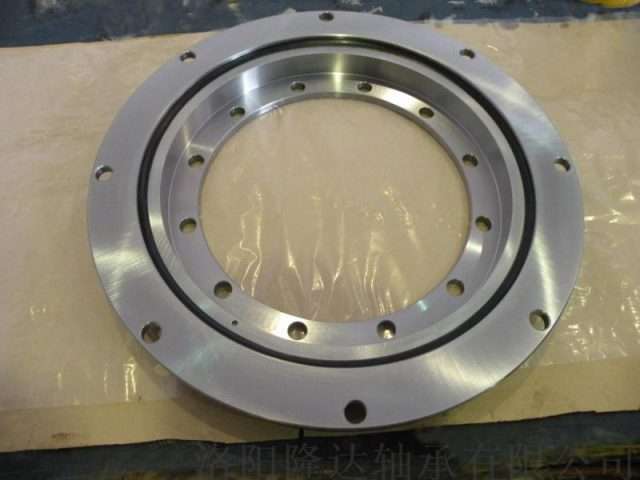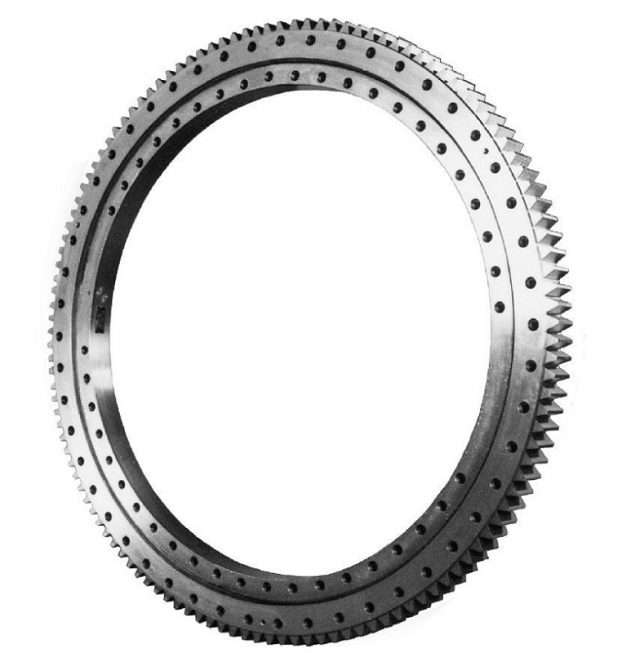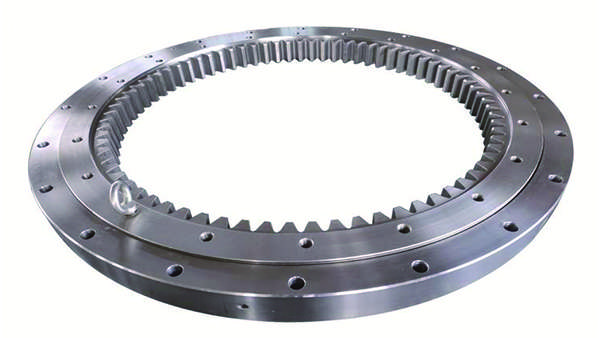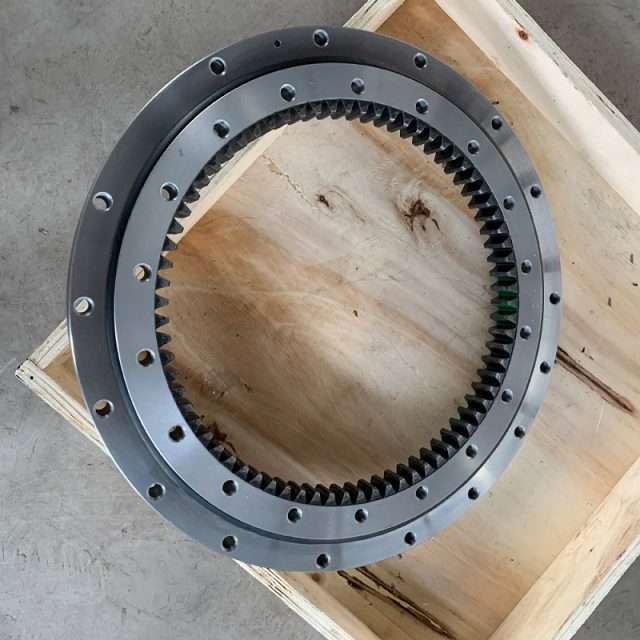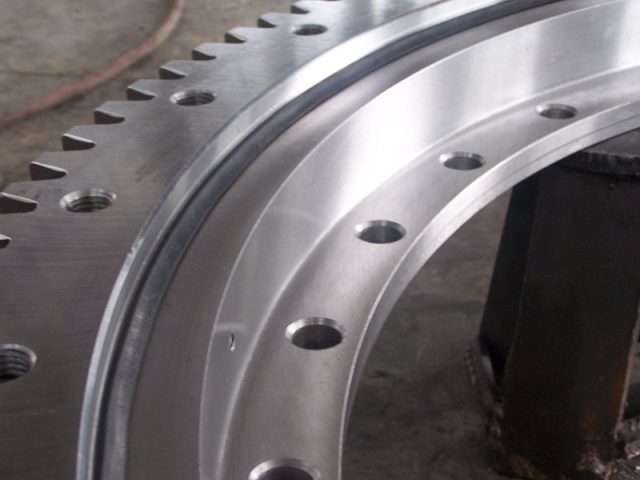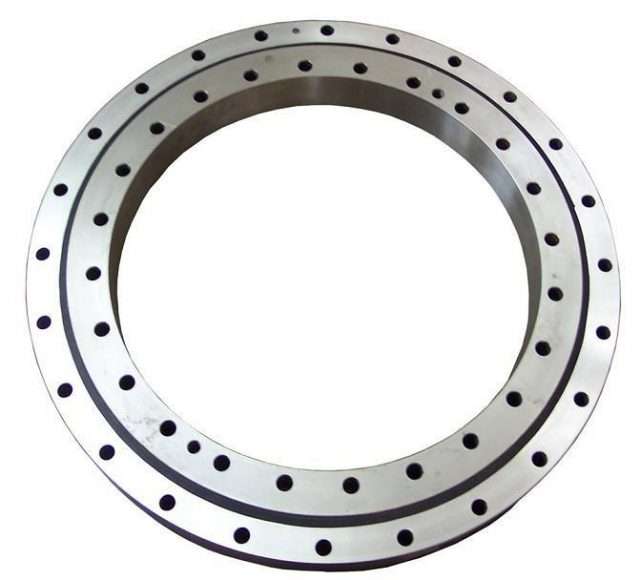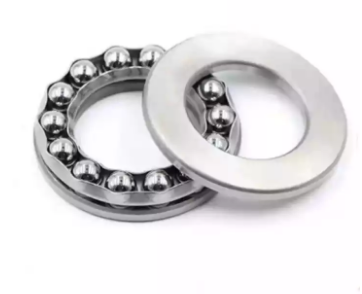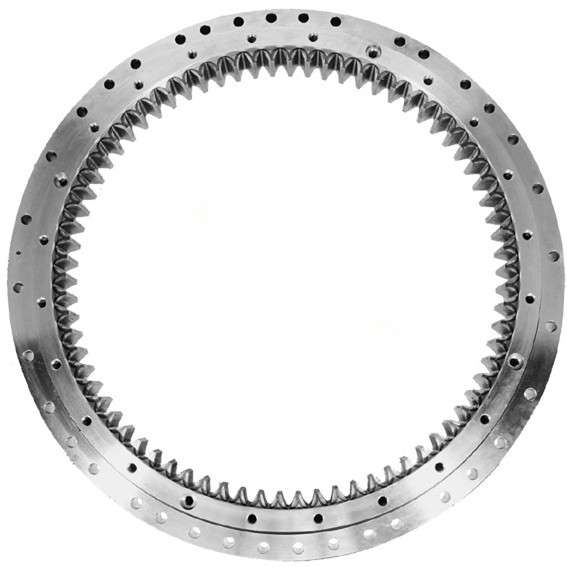slewing bearings suppliers factory
1.Why do not use elastic washers for the mounting bolts of the slewing bearing?
The installation and operation manual of the slewing ring bearing tells you that elastic washers cannot be used when installing the connecting bolts of the slewing bearing, so what effect will the elastic washer have on the slewing ring bearing? Why are elastic washers widely used in other mechanical equipment not used in slewing bearings?
First, we must first understand the function of the elastic washer. The elastic washer has a certain elasticity, which can prevent the bolts and nuts from loosening and falling off during the use of the equipment.
It is suitable for many mechanical equipment with vibration. However, the slewing ring bearing generally bears a large load, so the strength requirements of the bolts are relatively high. Usually, grade 10.9 bolts and nuts are used.
The high-strength bolt connection mainly relies on the frictional resistance between the bolt and the connected parts to achieve locking. Unlike ordinary bolts, which can be prevented from loosening by elastic washers, the use of thread tightening glue for the bolts of slewing bearings is the correct anti-loosening measure.
Second, the slewing bearing does not use elastic washers to prevent the deformation of the slewing bearing. The contact area of the elastic washer is not as large as that of the flat washer.
Under the action of the large pre-tightening force, the flat washer is not reliable, and the larger pre-tightening force of the bolt may be It causes plastic deformation of the slewing ring bearing mounting surface in contact with the spring washer.
With the increase of use time, the deformation will become larger and larger, the pre-tightening force of the bolt will become smaller, and the bolt will loosen. The slewing bearing is usually subjected to overturning force.
The overturning force during operation will aggravate the plastic deformation of the slewing ring bearing mounting surface, and may also cause the elastic washer to open, resulting in rapid damage to the bolt and the slewing bearing.
Third, a suitable flat washer can increase the contact area between the bolt and the slewing bearing, preventing the plastic deformation of the contact surface of the slewing bearing when the bolt is pre-tightened by the workpiece with insufficient hardness.
Due to the increase in the contact area during the use of the slewing bearing Bolted connections maintain high reliability under overturning forces and shock loads.
Through the above analysis, we have come to the following conclusions: elastic washers cannot be used during the installation of slewing bearings, and suitable flat washers can be selected.
When installing the bolts, it is necessary to tighten the bolts according to the pre-tightening torque specified in the instruction manual. The use of thread tightening glue can prevent the bolts. loose.
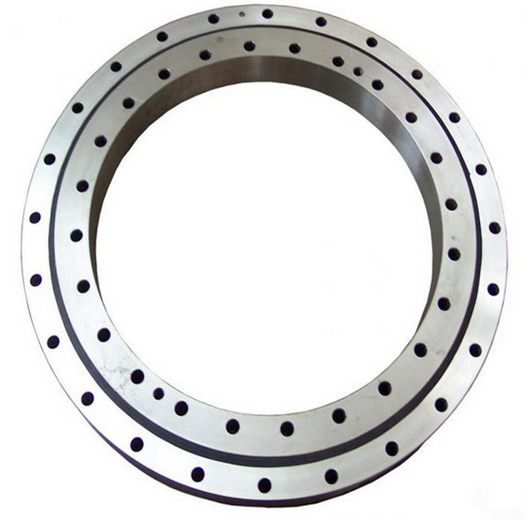
2.Technical analysis of raw material of slewing bearing (42CrMo)
The material of large-scale slewing bearing and high-precision slewing bearing ring is generally made of alloy structural steel 42CrMo, which has good mechanical properties, high strength and toughness, and has good fatigue resistance, impact resistance and low temperature impact toughness after modulation (Q+T).
42CrMo is usually quenched and tempered after rough machining. Through quenching and tempering, the ideal hardness of the ferrule can be obtained, and the comprehensive mechanical properties can be improved.
A reasonable modulation process can significantly improve the comprehensive mechanical properties and yield strength of the material, and give full play to the performance potential of the material. Guarantee the performance of the material during use and prolong the service life.
Modulation is the process of quenching + high temperature tempering, usually the quenched and tempered hardness of the slewing bearing is HB229-269.
The comprehensive mechanical properties of the modulated 42CrMo have been improved, and the hardness has also reached the standard requirements. The ferrule with the hardness of HB229-269 is relatively easy to machine the holes and teeth.
If the hardness exceeds HB300, the holes and teeth need to be processed. Special Processing method, the efficiency of conventional processing methods is too low, and wind power bearings usually require high hardness, in order to meet the requirements of low temperature impact energy.
42CrMo is suitable for surface quenching to achieve higher hardness, which can improve the bearing capacity and wear resistance, and can increase the service life of the slewing bearing.
In addition to the required hardness, the surface quenching must also reach the required hardened layer depth. If hardened If the layer depth is insufficient, the load-carrying capacity will be reduced and premature failure will occur.

